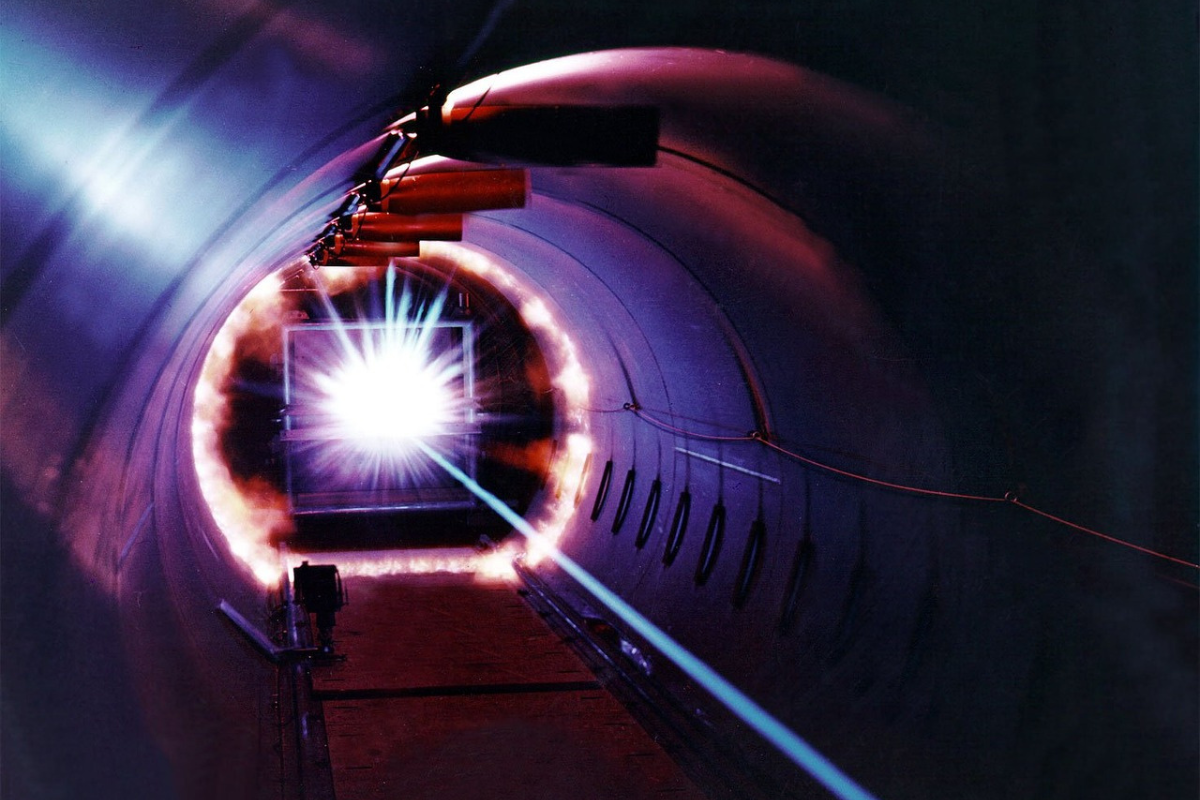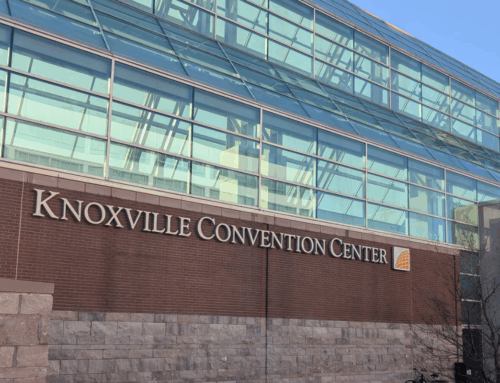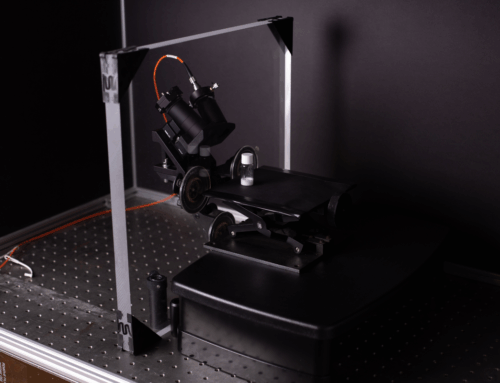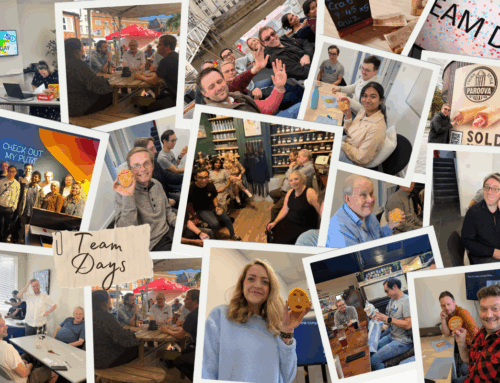Spectroscopy examines and measures the spectra generated when substances absorb or emit electromagnetic radiation. All matter interacts with light, producing a unique spectrum based on the interaction frequency. Therefore, spectroscopy is a valuable method for identifying molecular structures and determining unknown compositions. Different wavelengths suit different materials and physical states — solid, liquid, or gas. Choosing the correct wavelength is crucial for precise, reproducible results. Spectroscopy aids various industries and underpins numerous scientific advancements. It also plays a key role in space science, where researchers study spectral emission lines from celestial bodies.
Two of IS-Instruments’ founding directors previously collaborated with the European Space Agency (ESA) and NASA, applying this expertise for commercial applications on Earth.
ISI’s Expertise
Back on Earth, IS-Instruments (ISI) designs and develops compact remote-sensing instruments, specialising in Raman spectroscopy. Our systems operate across sectors, including nuclear decommissioning, biopharmaceuticals, pharmaceuticals, and high-value manufacturing.
ISI’s High Etendue Spectrometers (HES) provide a variety of excitation wavelengths tailored for different sample types. We also developed ODIN, a compact deep-UV Raman spectrometer that produces fluorescence-free spectra, and Notus, a gas-phase Raman system utilising a hollow-core optical fibre. Selecting the most suitable instrument and wavelength depends on the sample’s optical and physical properties. Consequently, understanding wavelength behaviour is crucial to achieving optimal measurement results.
Selecting the Right Wavelength
Wavelength selection directly affects fluorescence, integration time, and resolution. Fluorescence can obscure Raman details, particularly in highly fluorescing materials. Lower-power lasers need longer integration times for high resolution, while higher-power lasers reduce measurement time. However, increased laser power raises the risk of damaging the sample. Shorter wavelengths can also cause degradation, altering measurement accuracy. Consequently, maintaining the balance between signal strength, sample safety, and spectral clarity is essential for accurate Raman analysis.
1064 nm – Near Infrared (NIR)
Fewer molecules absorb in the near-infrared region, enabling effective fluorescence suppression. The 1064 nm wavelength is therefore ideal for samples with high fluorescence. However, its scattering intensity is lower than that of 355, 532, and 785 nm. It is commonly used to analyse pigments, dyes, and edible oils. Despite its advantages, 1064 nm excitation increases the risk of sample heating or damage compared with visible lasers.
785 nm – Balanced and Versatile
The 785 nm wavelength offers an excellent balance of spectral resolution, fluorescence suppression, detector efficiency, and cost. It produces strong Raman signals for over 90 per cent of active Raman materials. This wavelength provides minimal risk of sample damage and high reproducibility. It is widely used for analysing chemicals, organics, and complex formulations.
532 nm – Efficient and Sensitive
Operating at 532 nm, this shorter wavelength offers high energy and requires considerably less integration time. It provides high sensitivity and is ideal for materials with low or no fluorescence. Typical applications include metal oxides and inorganic compounds. The 532 nm wavelength is also frequently used for gas-phase measurements, including methane, carbon dioxide, hydrogen, and solvent vapours.
355 nm – Complex Biomolecules
The 355 nm wavelength is suitable for complex biomolecules, chromophores, and aromatic compounds that display strong fluorescence. These systems generally require high-power, gas-pumped or pseudo-pulsed lasers. Such devices need water cooling or gas purging, which increases both costs and maintenance. As a result, 355 nm systems are often limited to research institutions and specialised laboratories.
Odin — Deep UV Raman Spectrometer
Odin is ISI’s compact, deep-UV Raman spectrometer operating at 228.5 nm with a passively cooled diode laser from Toptica Gmbh. The system delivers fluorescence-free Raman characterisation of complex biological materials without needing chillers or gas purging.
Odin delivers high throughput while limiting power density at the target, reducing the risk of sample degradation. It is affordable, desk-mounted, and suitable for biopharma, biomedical, security, defence, and process-monitoring applications.
Odin has successfully analysed tryptophan and identified arthritis biomarkers in equine synovial fluid.
| Wavelength (nm) | Pros | Cons |
| 355 | Suitable for measuring biological samples at low concentrations | Sample damage. Cost. |
| 532 | High scattering intensity, ideal for inorganic materials. | High fluorescence can mask the minute spectral details. |
| 785 | Produces a stronger Raman signal for over 90% of active Raman materials with manageable fluorescence. | Problematic for highly fluorescent substances. |
| 1064 | Low fluorescence. | Low scattering intensity, potential for sample damage from a powerful laser. Cost. |
Notus — Gas-Phase Raman Spectrometer
Developed with partners from the Optoelectronic Research Centre, University of Southampton, and Jacobs, Notus operates at 532 nm. It uses a hollow-core microstructured optical fibre to extend the path length and improve gas-laser interaction. Unlike gas chromatography, Notus requires no prior selection of a detector or column. It detects multiple gas species simultaneously and distinguishes homonuclear diatomic species. The technology is patented for its innovative design and has demonstrated hydrogen-blending monitoring within natural gas pipelines.
In-House Sampling Service
ISI now offers an in-house sampling service for one-off or ad-hoc analyses. Clients can send samples, and ISI chooses the most suitable instrument and wavelength. This service eliminates the need for in-house spectroscopy expertise and minimises operational costs. Customers obtain reliable, high-quality Raman data without specialist equipment or training.
At IS-Instruments, we continue pushing the frontiers of optical metrology through innovation in Raman spectroscopy and remote sensing. Whether developing compact deep-UV instruments, high-etendue spectrometers, or novel gas-phase systems, our aim is to make precision measurement more accessible and reliable.
If you’d like to discuss your metrology challenge or explore potential collaborations, please get in touch with our team at info@is-instruments.com.






